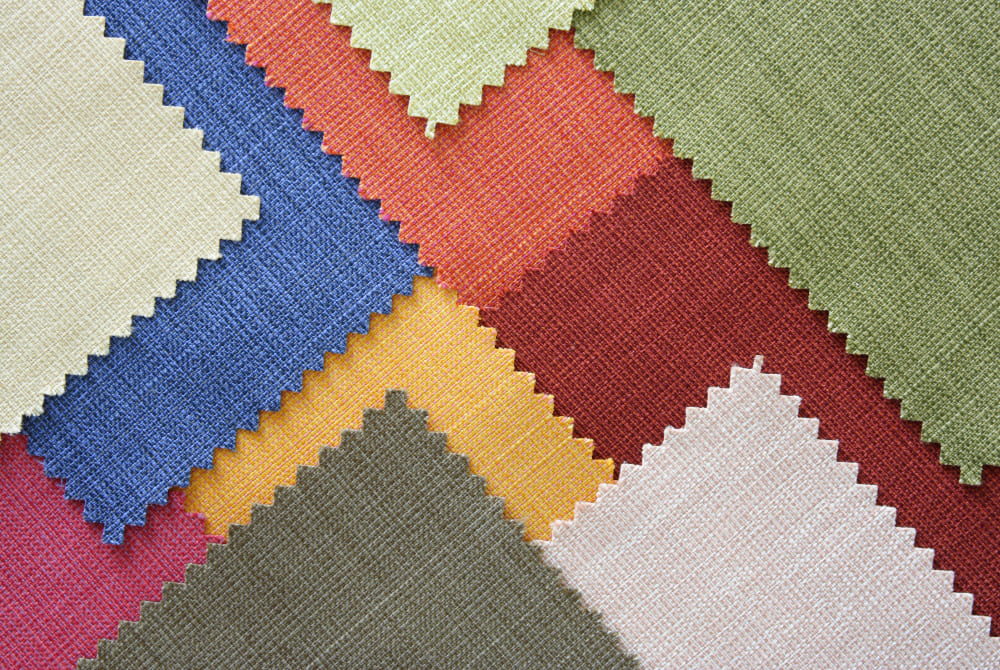The term “toxic clothing” refers to clothing made of synthetic materials. Such substances are heavily treated with chemicals that have a potentially harmful effect on consumers and the environment.
The toxic clothing made in garment factories – also known as sweatshops – has a fast turnaround time which often involves thousands of toxic substances, heavy metals, and synthetic dyes in the process.
Fast fashion is responsible for most toxic clothing around the globe. The term “fast fashion” signifies an approach to the design, creation, and marketing of clothing that emphasizes making fashion trends quickly and cheaply available to consumers.
Do you know what toxic clothing means? Keep reading to find out.
Toxic Clothing: A problem for Our Health and the Planet

Toxic clothing is an unknown issue to most consumers when it comes to our health and the environment. Individuals who are sensitive to chemicals or who are prone to fabric allergies may have reactions to these garments. Many of the chemicals that people use to treat the garments are often linked to long-term health risks, including cancer, developmental issues, and skin irritation.
The US takes on Toxic Clothing in Children’s Sleepwear
According to The Washington Post, in the early 1970s, the United States Congress decided that children’s pajamas should be flame-resistant to protect children from burns in case of a house fire. Manufacturers during this period used a chemical called, “Tris” in the manufacturing of children’s sleepwear. In 1977, scientists discovered that Tris was a dangerous chemical to humans after extensive research.
“Tests indicate that Tris can be absorbed through the skin and by mouthing of the sleepwear by children. There is general agreement among scientists in the field that when a substance is a carcinogen in animals that it probably causes cancer in humans.” – Commissioner Barbara H. Franklin. (Quote from The New York Times, 1977.)
Tris is a mutagen and gene-altering agent that the United States banned ultimately. A consumer report from Hello Mother Hood indicates that flame-resistant chemicals in children’s clothing must be nontoxic. But manufacturers are not required to label the chemicals used. Children’s sleepwear today contains a variety of chemicals including chlorine and bromine. These chemicals create gas in the air that children breathe, causing skin irritation, overheating, and rashes.
Data proves
It is evident that fast fashion has a detrimental impact on the environment and ultimately will have the greatest impact on us since the process is wasteful and extremely hazardous. Factories that dump toxic chemicals into waterways, instead of treating them, cause major damage to the people who live in the environment, and the wildlife surrounding it.
The textile industry is slowly poisoning rivers in Asia and all over the world. China is the largest garment manufacturing hub in the world, while Bangladesh comes in second.
Factories dump their wastewater that contains carcinogenic chemicals, dyes, and heavy metals that create toxic waterways for locals and wildlife. Dyes and chemicals dissolved in water are difficult to remove. The debris created from the factories is not biodegradable, so it remains in the environment and poses a hazardous threat to wildlife and humans.
You should also read this article: Fashion Industry Statistics: the 4th Biggest Sector Is Way More Than Just About Clothing
Textiles: Breaking down the process
The textile industry has been around for thousands of years, but manufacturing textiles is not as easy as it may appear as it is a long, tedious process.
First, raw material is grown, spun into threads, woven into the fabric, dyed, “finished” with more dyes (to make the material softer, wrinkle-free, etc.), crafted into garments, and sent off to stores for sale. According to Common Objective, the entire process of creating textiles and garments uses at least 8,000 synthetic chemicals.
A cotton t-shirt requires 2,700 liters of water to make. Cotton’s biggest environmentally damaging effect is the pollution of rivers, lakes, and wetlands caused by the use of pesticides and fertilizers in the farming process.
There are major health concerns regarding the use of pesticides on farms and near fields. These concerns include cancer, infertility, and birth defects. With the use of heavy irrigation required to grow cotton, the chemicals find their way into waterways and the atmosphere.
Examples of Textiles

Three types of textiles include
- Natural fibers (Comes from plants, usually sprayed with pesticides.)
→ Examples of natural fibers include cotton, flax, hemp, and linen.
- Synthetic fibers (Are man-made fibers with toxic chemicals.)
→ Examples of synthetic fibers include polyester, nylon, rayon, acrylic, and spandex.
- Animal textiles (That came from animals are usually treated with tanning agents to make them less susceptible to decomposition.)
→ Examples of animal textiles include wool from sheep, fur from coyotes, silk from silkworms, and leather from cows.
What are the harmful effects of toxic clothing on consumers?
People are becoming more health-conscious when it comes to food, water, and makeup products. So we need to talk about it each time after all. Even to make more people aware.
In other words, consumers all over the world should know about the unpleasant chemicals that are still present in their clothing. Should our clothing come with a potential health hazard tag?
- It is often the case that workout, water-resistant, wrinkle-free, and stain-resistant clothing contains chemicals such as PFAS. Exposure to PFAS poses a threat to long-term health, such as kidney and testicular cancers, liver damage, and developmental issues. Specialists consider them a “forever chemical” commonly used in food, clothing, and homes.
- Much of the fast-fashion clothing contains Azo dyes, which are a group of cheap dyes that produce strong colors of clothing. These dyes have a carcinogenic effect. That’s because our skin can easily absorb it and possibly leading to skin and eye irritation.
- Phthalates are in jeans, faux leather, and raincoats. United States Congress instituted a ban on phthalates in children’s toys and products in 2008, but some producers still use it in manufacturing. This chemical links to major human health effects such as ADHD, diabetes, breast cancer, and reproductive issues posing a greater risk to children.
- Formaldehyde is used as a wrinkle-free agent on clothing that protects the garment from wrinkles or shrinking. The “new” smell of clothing may confuse consumers, meaning it is formaldehyde that emits the “new” smell. Formaldehyde commonly links to respiratory issues and skin irritation.
The United Nations did a very complete video about the impacts of Fast Fashion and toxic clothing that’s worth checking out.
Consequences That Future Generations Will Have To Deal With
Fast fashion’s production of toxic clothing may be the cause of underlying health issues that some may not be aware of. When the toxic wastelands are not cleaned up, future generations will have to deal with the consequences. It is time for consumers to become more conscious of the harmful effects of toxic clothing on the environment and ourselves.
Like this topic? Check out this article: Sustainable Development Goals: How Can the Fashion Industry Support It?
How to avoid toxic clothing in your life
There are several ways how you can combat toxic clothing in your personal life.
- Consider purchasing from eco-friendly and sustainable brands. Harper’s Bazaar recommends to “focusing on the brand, not the material.” Many try to avoid synthetic fabric, but each material’s toxicity varies depending on how they fabricated it.
- When you choose to wear organic fibers, your body can breathe and help your body to regulate its temperature. In addition to being better for the environment, organic fibers also allow farmers to work more comfortably in better working conditions. These fibers can decompose when thrown out.
- Try to avoid any clothing that claims they are “flame-resistant.”
- Wash the pieces before wearing them to ensure that excess dye is not on the new clothes.
- Check the garment’s materials on the inside tag.
- Purchase less clothing. Less is more; invest in quality pieces that will last you a lifetime.
The fast fashion industry truly has created many consequences for not only the environment but also for us consumers. Toxic clothing is something to watch out for as consumers, as we do not know what toxic chemicals companies are using to alter our garments.
United by Zero browser extension can help you avoid fast fashion and shop sustainably in a more easy and practical way. You can download it for free by clicking here!
Don’t forget to check our article Fashion Landfills: How To Stop Your Clothes From Ending Up There.






